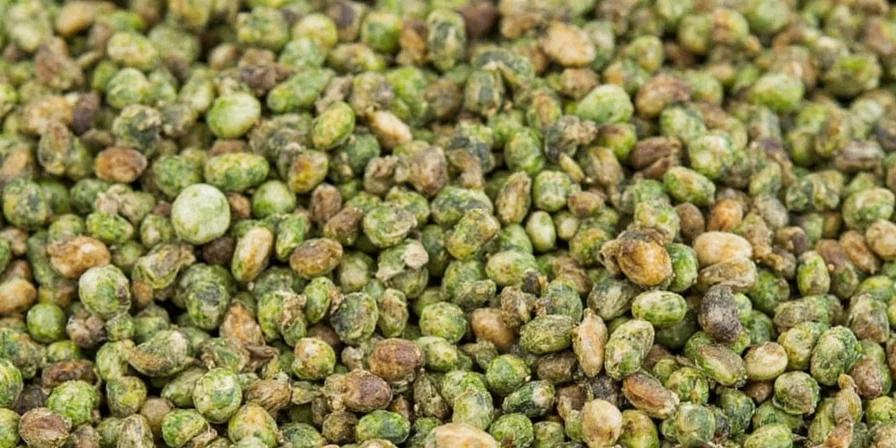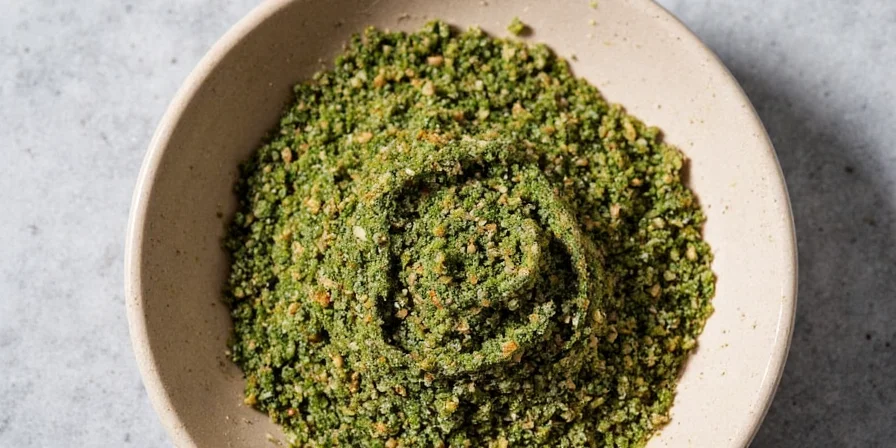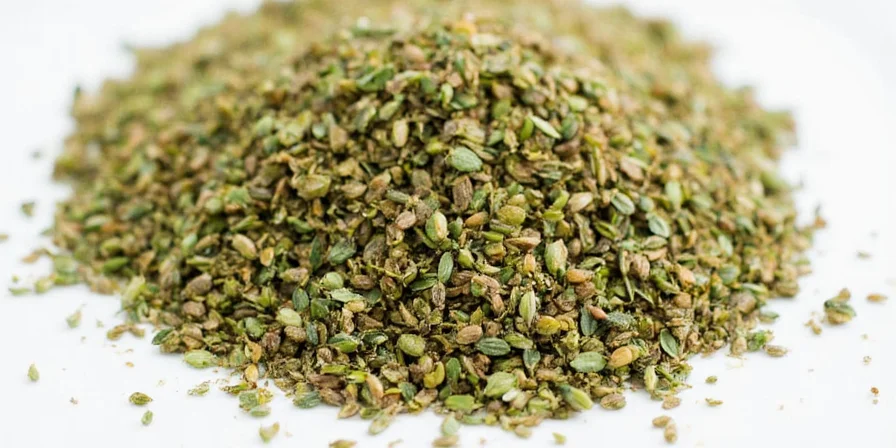Table of Contents
- Quick Guide to Choosing the Right Oregano
- 5 Essential Oregano Varieties Explained
- When to Use Each Oregano Type (Recipe-Specific)
- How to Store Oregano to Keep It Fresh Longer
- Best Oregano Substitutes When You're Out
- How to Grow Oregano at Home Successfully
- Common Oregano Questions Answered
Quick Guide to Choosing the Right Oregano
Looking for the best oregano for your pizza? Need authentic Mexican oregano substitutes? This guide answers exactly what home cooks need to know. Greek oregano works best for Italian dishes like pizza and tomato sauces, while Mexican oregano is essential for salsas and bean dishes. Cuban oregano makes the perfect substitute for thyme in plant-based recipes, and golden oregano adds delicate citrus notes to seafood. Get these right, and your dishes will taste authentic every time.
Most home cooks confuse oregano varieties, leading to dishes that don't taste quite right. The key difference is simple: Greek and Italian oregano have earthy, pungent flavors ideal for Mediterranean cooking, while Mexican oregano offers citrus notes perfect for Latin American cuisine. This guide cuts through the confusion with specific recommendations you can use tonight.
5 Essential Oregano Varieties Explained
Understanding these differences prevents common cooking mistakes. Here's what actually matters for your recipes:
| Variety | Best For | Flavor Profile | When to Add | Visual Identifier |
|---|---|---|---|---|
| Greek Oregano | Pizza, tomato sauces, grilled meats | Strong, earthy, robust | Last 5 minutes of cooking |  |
| Italian Oregano | Pasta sauces, soups, herb oils | Milder, slightly floral | During cooking process |  |
| Mexican Oregano | Salsas, pozole, bean dishes | Citrusy, less bitter | Early in cooking for salsas |  |
| Golden Oregano | Seafood, salad dressings | Lemon-forward, delicate | At the end as garnish |  |
| Cuban Oregano | Caribbean stews, plant-based meats | Minty, medicinal | During cooking process |  |
Pro tip: For authentic Italian pizza, Greek oregano is your best choice. Its strong flavor stands up to high-heat cooking better than Italian oregano. Harvest fresh Greek oregano at 10 AM for maximum flavor - this timing makes a noticeable difference in taste.
When to Use Each Oregano Type (Recipe-Specific)
Stop guessing which oregano works for your specific recipe. Here's exactly what to use:
- For pizza: Greek oregano (add during last 5 minutes of baking)
- For spaghetti sauce: Italian oregano (add during simmering)
- For chicken fajitas: Mexican oregano (use whole leaves in marinade)
- For grilled fish: Golden oregano (sprinkle fresh as garnish)
- For vegetarian "meat" dishes: Cuban oregano (substitutes perfectly for thyme)

How to Store Oregano to Keep It Fresh Longer
Keep your oregano flavorful for months with these simple methods:
- Fresh oregano: Store stems in water like flowers, cover loosely with plastic bag in refrigerator (lasts 2 weeks)
- Dried oregano: Vacuum-seal with oxygen absorbers and refrigerate (stays potent for 18 months)
- Reviving stale oregano: Place in sealed container with damp paper towel for 12 hours
- Dried-to-fresh conversion: 1 tsp dried = 1 tbsp fresh (measure by weight for best results)

Best Oregano Substitutes When You're Out
Don't cancel dinner plans because you're out of oregano. Use these substitutions:
- For Greek oregano: Marjoram (closest flavor profile)
- For Mexican oregano: Regular oregano + pinch of cumin
- For Italian oregano: Thyme (use half the amount)
- Avoid: Basil (completely different flavor profile that clashes)
- Pro tip: When making tomato sauce without oregano, add extra garlic and a pinch of red pepper flakes
How to Grow Oregano at Home Successfully
Grow restaurant-quality oregano with these simple techniques:
- Planting: Use 60% perlite, 30% coconut coir, 10% pumice for perfect drainage
- Watering: Water only when soil feels dry (overwatering kills oregano)
- Harvesting: Cut stems at 10 AM for best flavor (this timing matters more than most realize)
- Winter care: Keep at 10°C (50°F) for dormancy; bring indoors before first frost
- Container size: 8-10 inch pots work best for optimal flavor development

Common Oregano Questions Answered
What's the best oregano for pizza?
Greek oregano is best for pizza because of its strong, earthy flavor that stands up to high-heat cooking. Add it during the last 5 minutes of baking to preserve its flavor compounds. Italian oregano works too but has a milder taste that some find too subtle for pizza.
Can I use Mexican oregano for Italian cooking?
No, Mexican oregano has citrus notes that don't work well in Italian dishes. Use Greek or Italian oregano instead. Mexican oregano is perfect for salsas and bean dishes but will make your spaghetti sauce taste wrong.
Why does my dried oregano taste bitter?
Dried oregano becomes bitter when cooked too long. Add it during the last 2 minutes of cooking. Extended heating creates bitter compounds. If your oregano already tastes bitter, you've likely overcooked it in previous dishes.
How can I tell fresh oregano quality?
Fresh oregano should have vibrant green leaves with no yellowing. When rubbed between fingers, it should release a strong aroma immediately. Avoid oregano with wilted leaves or minimal scent, as these indicate old or poor-quality herbs.
Putting It All Together
Choosing the right oregano makes the difference between good cooking and authentic-tasting dishes. Remember these key points: Greek oregano for pizza and tomato sauces, Mexican oregano for salsas, and never substitute basil for oregano. Store dried oregano properly to maintain its flavor, and harvest fresh oregano at 10 AM for best results.
With these simple guidelines, you'll never wonder which oregano to use again. Your Italian dishes will taste authentically Mediterranean, and your Mexican recipes will have the right citrus notes. Keep this guide bookmarked for your next cooking adventure!











 浙公网安备
33010002000092号
浙公网安备
33010002000092号 浙B2-20120091-4
浙B2-20120091-4